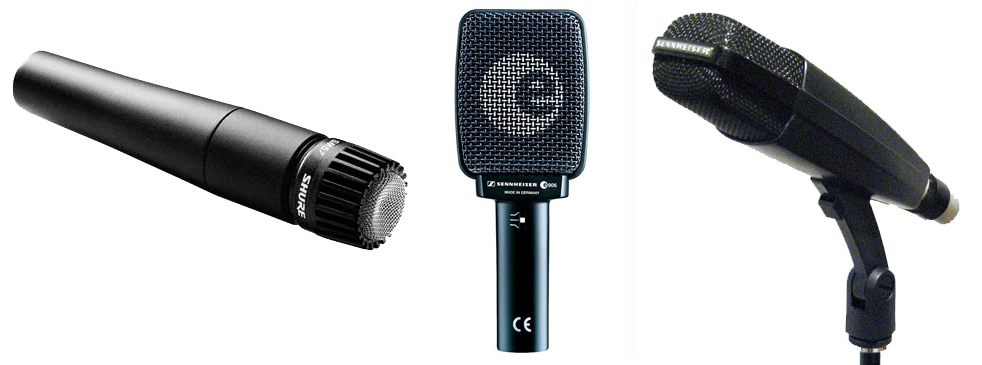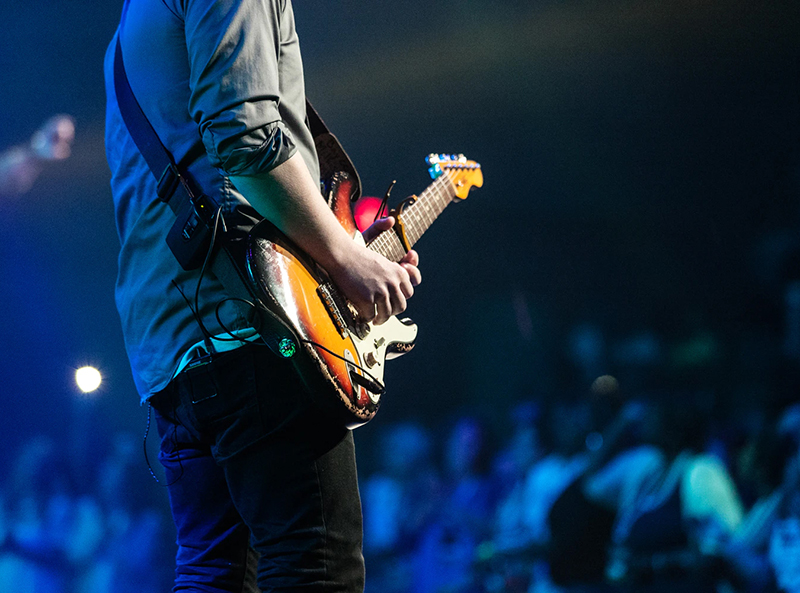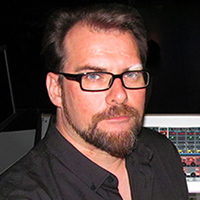Back in 1962 an A&R rep at Decca Records allegedly told The Beatles that “guitar groups are on their way out” when he declined to sign the band, a quote often used as a classic example of gross commercial misjudgment. Here we are, 58 years later, and the humble guitar is still going strong, remaining a popular choice of up-and-coming acts as well as established artists. What is it about the guitar that continues to make it the weapon of choice for so many musicians?
Part of the appeal of the guitar lies in its polyphony (i.e., the ability to produce more than one note at once), which means it’s equally adept accompanying a solo singer or as part of an ensemble – whether it be banging out fat chords or picking out soaring melodies or lead lines.
The guitar also offers a wide range of playing expression not found on other polyphonic instruments. Basic dynamic control, like many instruments, is achieved by varying the velocity at which the strings are struck but you also have a choice of what you strike the strings with, be it fingers, nails or plectrums – all of which affect the character of the sound.
Further, there’s a range of subtle tonal variations available depending on where the strings are struck – the sound is sharper closer to the bridge and then gets progressively duller towards the neck, plus the plucking hand can also dampen and mute the strings to achieve a range of dynamics and effects. And that’s just one hand – the fretting hand can also influence the sound depending on how the strings are fretted as well as being able to introduce vibrato and microtonal or whole tone pitch shifting through string bending. Take all of this into account and the guitar makes the keyboard look a bit like a series of inarticulate binary switches.
The sheer versatility of the guitar and the wide range of sounds it can produce explains why it’s equally at home plucking out folk melodies, chugging heavy metal power chords, threading its way through a jazz odyssey or laying down the funk. For the sake of this article I’m going to focus on the electric guitar (with a sidebar on acoustic guitars).
Recognizing The Whole
The electric guitar came into being in the 1930s in response to the need to amplify the instrument in order for it to be heard in the increasingly large big band ensembles of the time. Early pioneers discovered that by winding coils of wire around a magnet and placing it close to metal strings, the vibrations of the strings could be converted, via electromagnetic induction, into a weak electrical signal that could then be amplified.
Run an electric guitar directly (DI) into a mixing desk and you may be surprised to find that the sound is actually quite thin and twangy in its natural form. Early amplifiers were often just repurposed PA systems, but guitarists soon gravitated towards specifically designed amplifiers that not only offered a greater degree of control over the input signal but also enhanced and complimented the sound.
Most guitar amplifiers are comprised of a pre-amp and a power amp. The pre-amp enables adjustment of the sound while the power amp makes that sound louder. The pre-amp also typically gives the operator the ability to shape the sound with EQ and drive controls, and will often include vacuum tubes designed to add pleasing coloration. The loudspeaker, and how it’s driven, can also have an effect on the overall sound because it will distort in particular ways that can add complimentary overtones.
Therefore, it’s important to realize that the whole of the electric guitar sound is achieved through a very careful symbiosis of instrument and amplifier. A good guitarist will not only be adept at playing the instrument but will also have a thorough understanding of how the amplifier works and how it can be manipulated. This explains why we almost always employ microphones on amplifiers to capture the designated sound, which neatly brings us to mic choices.
Dynamic mics are typically better suited to the job on live stages because they can handle higher sound pressure levels while being able to capture the warmth and body of the sound; they also tend to roll off lower and higher frequencies that helps prevent muddiness and harshness. The three most common choices I’ve seen used are the Shure SM57, Sennheiser e609 and Sennheiser MD421, and I tend to gravitate towards the SM57 (I’ve been quoted in the past as stating that if you can’t get a decent guitar sound with an SM57 then you might want to consider a career in lighting).

In live sound we typically put the mic right up against the front grille of the amp cabinet pointing directly into one of the speakers (a quick listening test can help in deciding the best choice for a given guitarist and application). This placement helps ensure the capture of as much of the direct sound as possible while minimizing leakage from other nearby sound sources. The positioning of the mic relative to the speaker has a distinct impact on the sound – the center of the cone tends to be more “toppy,” getting gradually more dull as you move to the edge. This tonal variation can differ depending on whether the cabinet is open or closed back, so it’s always good to experiment with positioning – I usually get someone to move the microphone about while I stand out front and listen, once I find the sweet spot I mark it with tape.





















